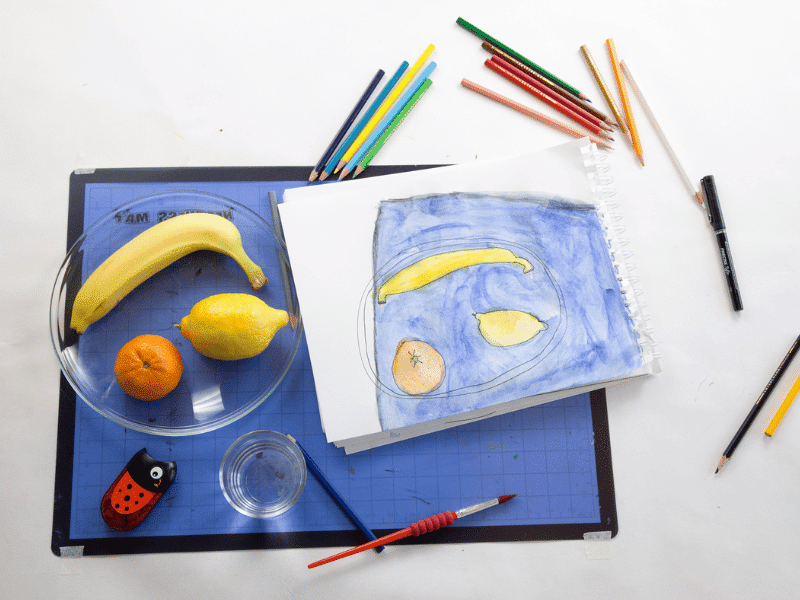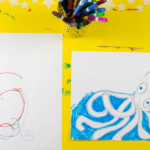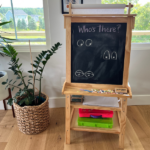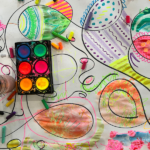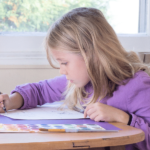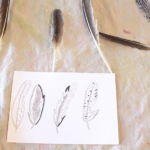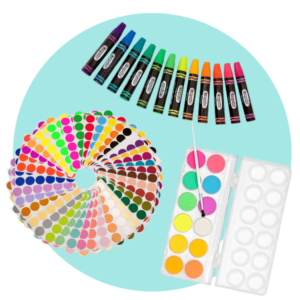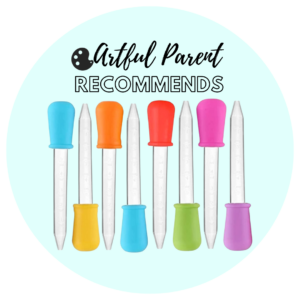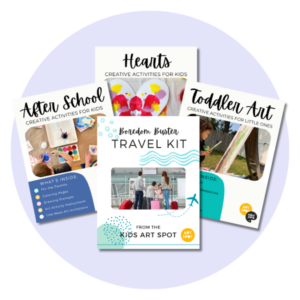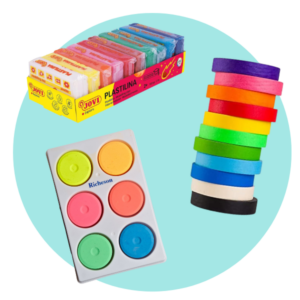Observational drawing is an excellent way to help children learn to draw what they see. Here are some tips to develop drawing skills for kids.
Updated July 2022
Are you wondering how to help your kids get started with observational drawing? I’ve done this with toddlers through tweens and wanted to share some tips here.
But first, what is observational drawing?
Observational drawing is drawing what you see. It’s as simple and as complicated as that.
It can be a flower, a person, a still life, a landscape, or anything, really. But it’s drawing what you see in front of you as realistically and as true to life as possible.
Check out this video that shows Observational Drawing in Action! And then keep scrolling to find out more about it.
Observational drawing is a great exercise in seeing.
When we look at something with the intent of drawing it, we tend to look more carefully than usual. We see, truly see, the shapes, the patterns, the perspective, the colors, the shadows, the contours, and how all of the details interact.
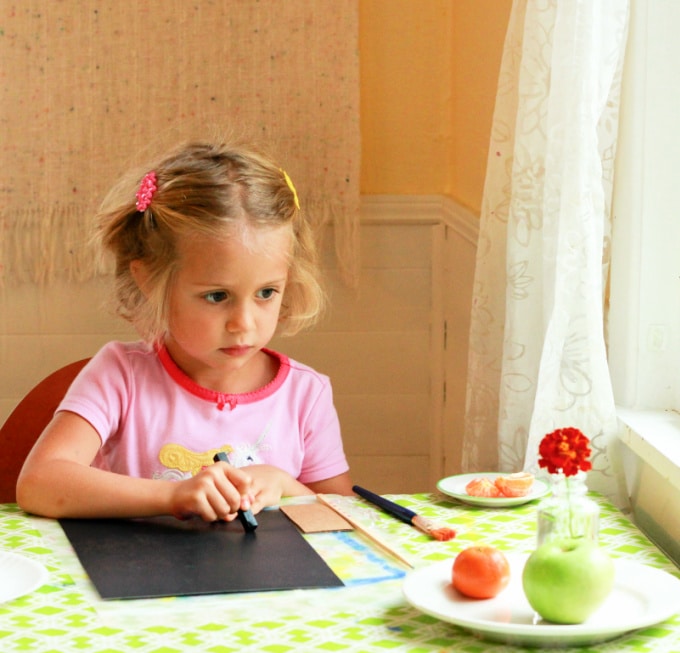
Observational drawing is also a great way to improve drawing skills.
In translating 3D objects to 2D drawings on paper, we practice getting shapes and proportion right, we learn how to show depth with shading, and we try different techniques for showing texture and detail.
Related Stories from The Artful Parent
Some artists do observational drawing exclusively and some simply use it as a drawing exercise to improve their skills but then draw from the imagination or make abstract art.
Here are some simple steps and tips for helping kids draw what they see.
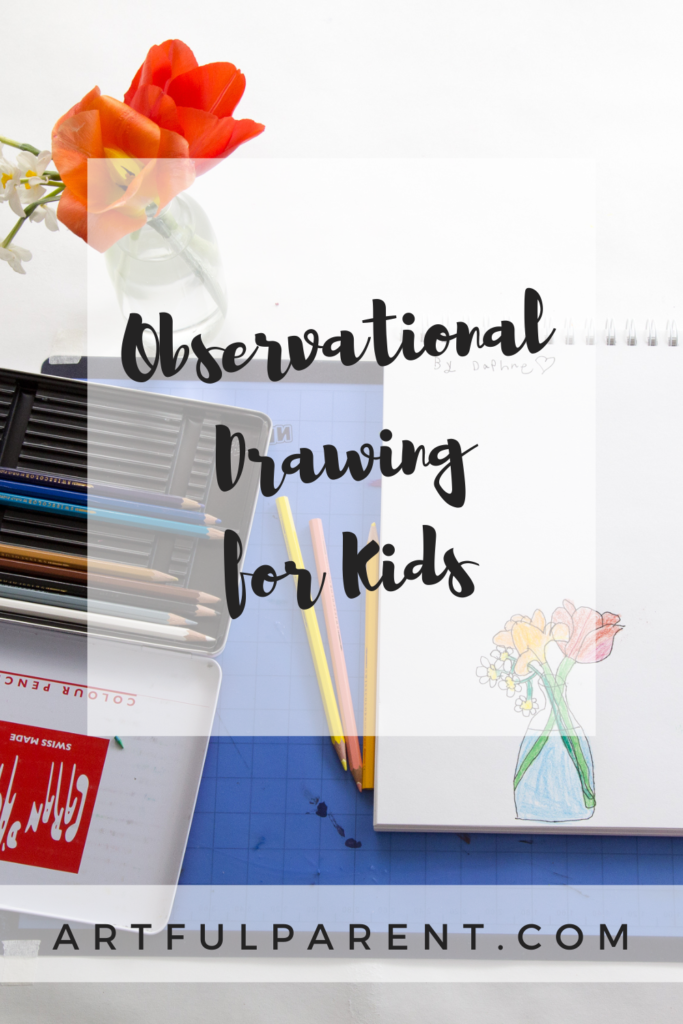
Observational Drawing for Kids
MATERIALS
- Paper
- Pencil or charcoal
- Other drawing tools, such as colored markers or pastels (optional)
- Eraser (optional)
INSTRUCTIONS
- Get set up
Set your paper and art materials down in front of the item you want to draw.
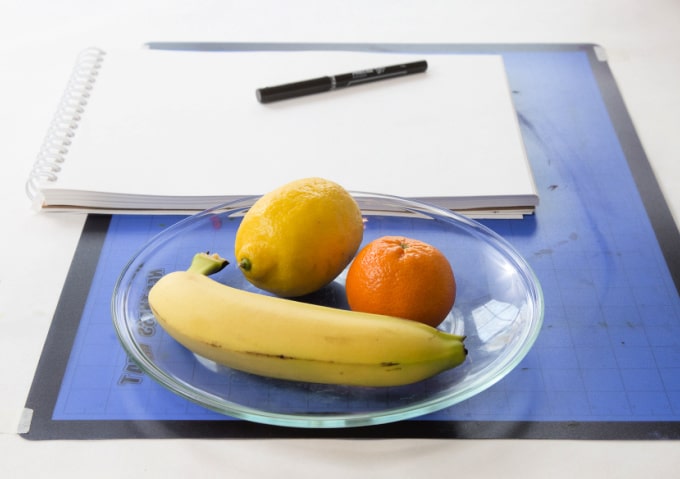
- Do a rough sketch
Sketch the overall form loosely, and as large as possible, on the paper, then go in and define the contours and shapes. (See our tips below for coaching beginners through the process of drawing what they see.) Look back and forth from the object to your paper, as you translate what you see to what you are drawing.
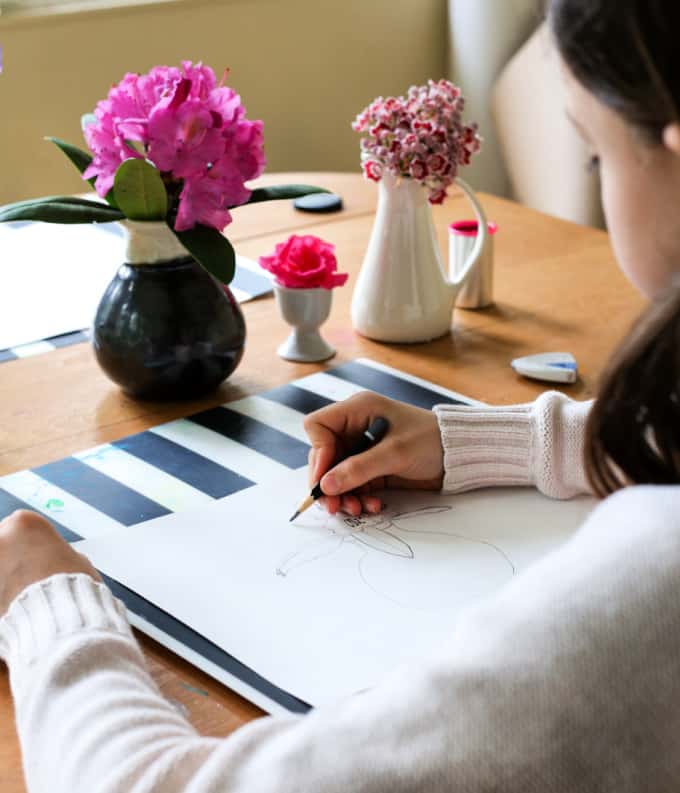
- Add details
Once you have the big picture outlines of your drawing subject on paper, you can begin to add details, shading, patterns, and colors as desired.
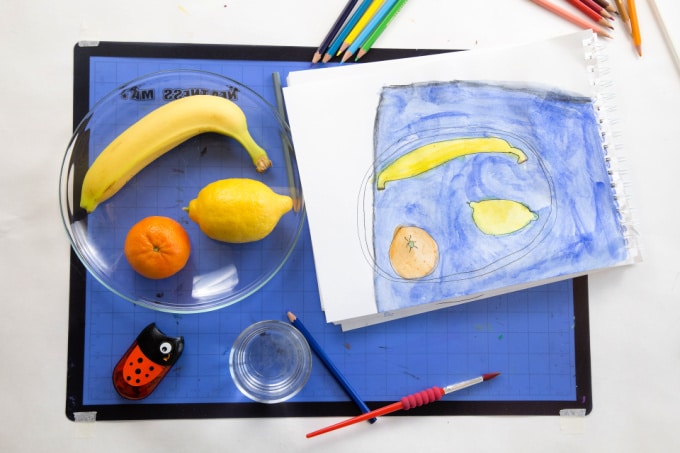
Note: Young children will usually focus on the overall shapes of the item they are drawing as well as the colors. As kids get older and gain both observational and drawing skills, they are better able to incorporate more elements into their observational drawings, including details, proportion, perspective, and shading.
Tips for Getting Started with Observational Drawing for Kids
If your child is having trouble getting starting, you can talk them through the shapes and details they are seeing and how they might translate these from three-dimensional forms in space to a two-dimensional drawing on paper.
For example: If they are drawing a simple shape, such as an orange, you can say…
- “What shape does that orange look like to you?”
- “Yes, the orange looks round, like a sphere or circle. How big are you going to draw the circle on your paper?”
- “That dimpled texture of the orange peel looks like dots to me. Where do you see most of the dots? Along that side of the orange? Where is that on your drawing? Is that where you want to draw them?
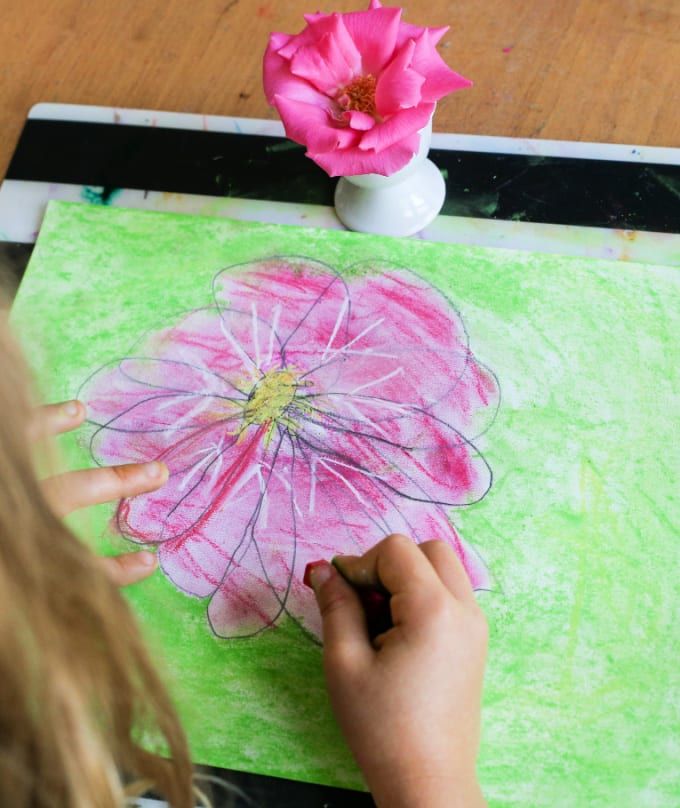
If drawing a more complicated shape, such as a flower, you can say…
- “Why don’t we start with the center of the flower? What shape does that look like from where you are sitting?”
- “An oval? Okay, where are you going to draw your oval?”
- “Now, let’s look at the petals… See how they are long and skinny, with rounded tips? Are you ready to draw those next?”
- “It looks like you’ve finished drawing the blossom, now how about the stem and leaves? Look at how long and skinny and straight that stem is. Do you see where it attaches to the blossom? Why don’t you start there and draw the stem. Now, what shapes are the leaves?”
Once you have the overall picture down, you can zone in on the details. Narrating the process with your child will help them be more aware of what they’re observing and what they’re drawing.
More Drawing Activities for Kids
- Drawing from Observation – Use Donuts to Teach Kids this Drawing Skill
- Drawing for Kids: Tips for Encouraging the Reluctant Artist
- 12 Kids Art Games for Fun and Creativity
- Kids Drawing: How to Encourage Creativity, Skills & Confidence
- 13 Art Prompts for Kids to Foster Creativity
- Feather Art in a Box – A Nature Drawing Activity for Kids
Does your child want to explore the world of drawing and expand their skills? Check out our three-part Drawing Skills Master Class for kids! Your child can learn to draw at home with 3 unique modules: Line & Shape, Light & Shadow, and Perspective. With at-home video lessons and easy-to-follow printable workbooks, your child will build skills and confidence as they learn to draw!
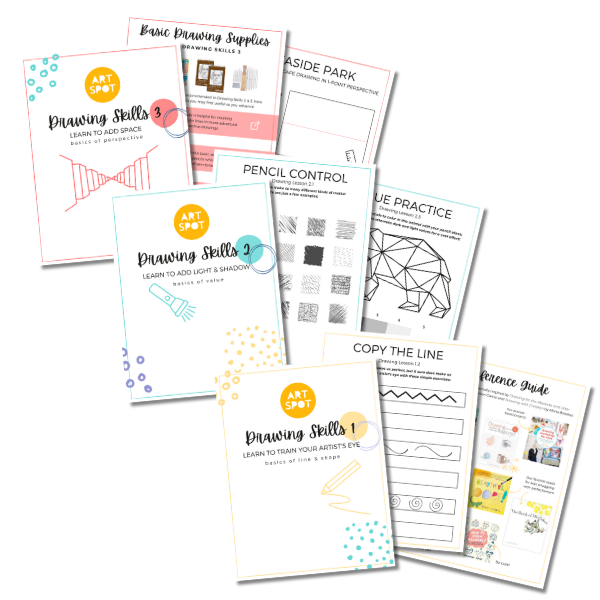
Pin It for Later
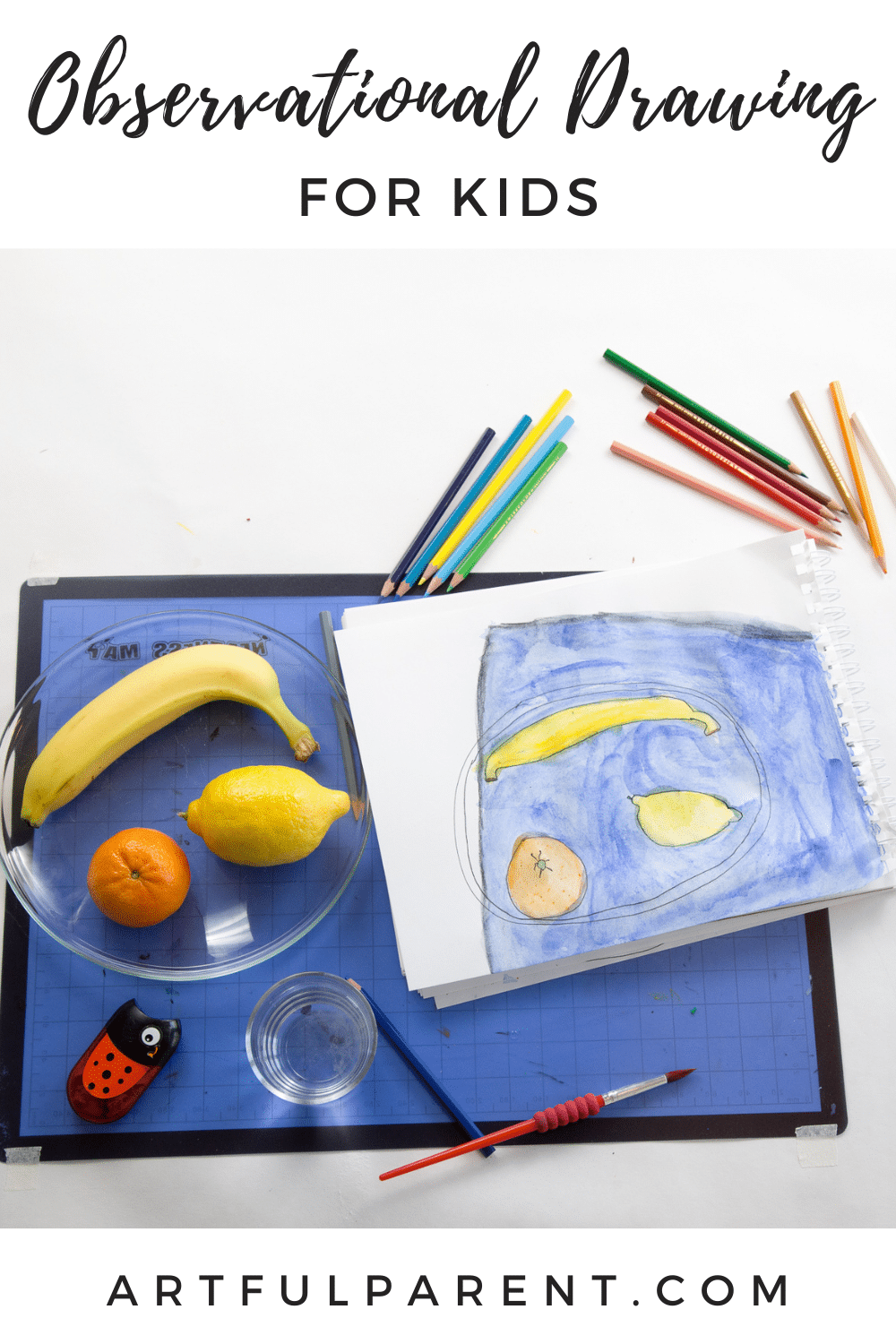

Related Posts
-
The Scribble Drawing Game for Kids
The scribble drawing game turns drawing prompts into a fun, interactive drawing game that can…
-
A Back-and-Forth Drawing Game for Kids
This back-and-forth drawing game is so much fun for kids, or kids and adults! Each…
-
Chalkboard Drawing Prompts for Kids
Use these creative drawing ideas and prompts to encourage kids to think and draw more…
-
10 Art Prompts for Kids to Foster Creativity
Art prompts inspire kids to draw differently than a blank piece of paper. Drawing prompts…
-
Drawing for Kids: Encouraging the Reluctant Artist
Updated June 2022 We often get asked about drawing for kids and specifically on how to…
-
How to Draw Feathers for Kids
Learn how to draw feathers, taking note of patterns, shapes, and lines. Then create a…

